The scientific community is now struggling to grapple with the ethics of human germline editing as another woman pregnant with a gene-edited baby is soon due to give birth.
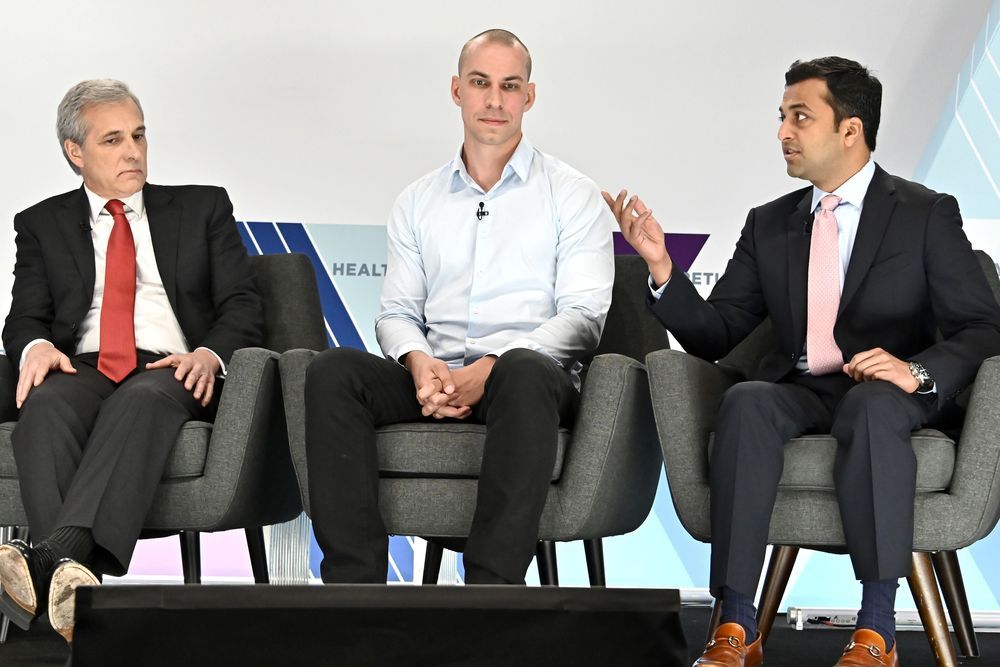


Researchers from NYU Abu Dhabi’s (NYUAD) chemistry program and colleagues from the University’s biology program have developed and studied the biological activity of five new, metal-organic hybrid knotted molecules, termed metal-organic trefoil knots (M-TKs). These molecules can effectively deliver metals to cancer cells, demonstrating the potential to act as a new category of anti-cancer agents.
In a study published in the journal Chemical Science, NYUAD Research Scientists Farah Benyettou and Thirumurugan Prakasam from the Trabolsi Research Group, led by NYUAD Associate Professor of Chemistry Ali Trabolsi, report that these nanoscale, water-soluble M-TKs showed high potency in vitro against six cancer cell lines and in vivo in zebrafish embryos. Zebrafish-related studies were performed by NYUAD Postdoctoral Associate Anjana Ramdas Nair from the Sadler Lab.
The M-TKs, generated by metal-templated self-assembly of a simple pair of chelating ligands, were well tolerated in vitro by non-cancer cells but were significantly more potent than cisplatin, a common chemotherapy medication, in both human cancer cells—including those that were cisplatin-resistant—and in zebrafish embryos. In cultured cells, M-TKs introduce reactive oxygen species (ROS) that damage the mitochondria of cancer cells, but not the nuclear DNA or the plasma membrane.
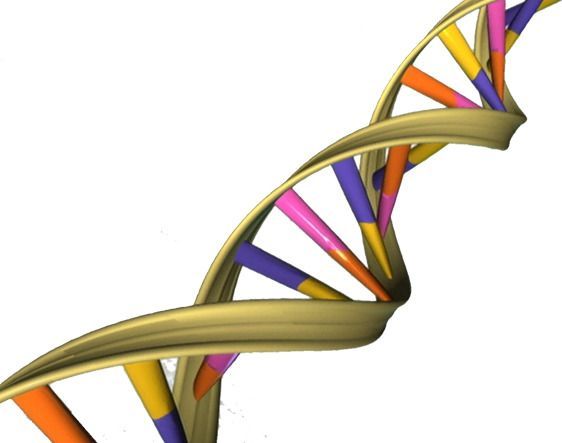
An international consortium of scientists has analyzed protein-coding genes from nearly 46,000 people, linking rare DNA alterations to type 2 diabetes. The study, one of the largest known of its type, includes data from people of European, African American, Hispanic/Latino, East Asian, and South Asian ancestries.
From this large cohort—roughly 21,000 individuals with type 2 diabetes and 25,000 healthy controls—the researchers identified four genes with rare variants that affect diabetes risk. The data suggests that hundreds more genes will likely be identified in the future.
These genes and the proteins they encode are potential targets for new medicines, and may guide researchers to better understand and treat disease.
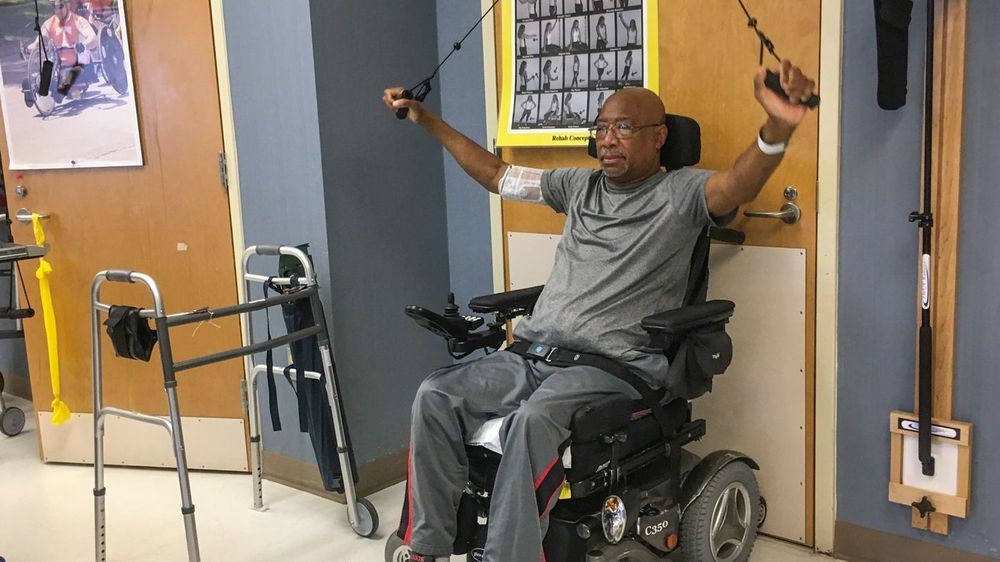
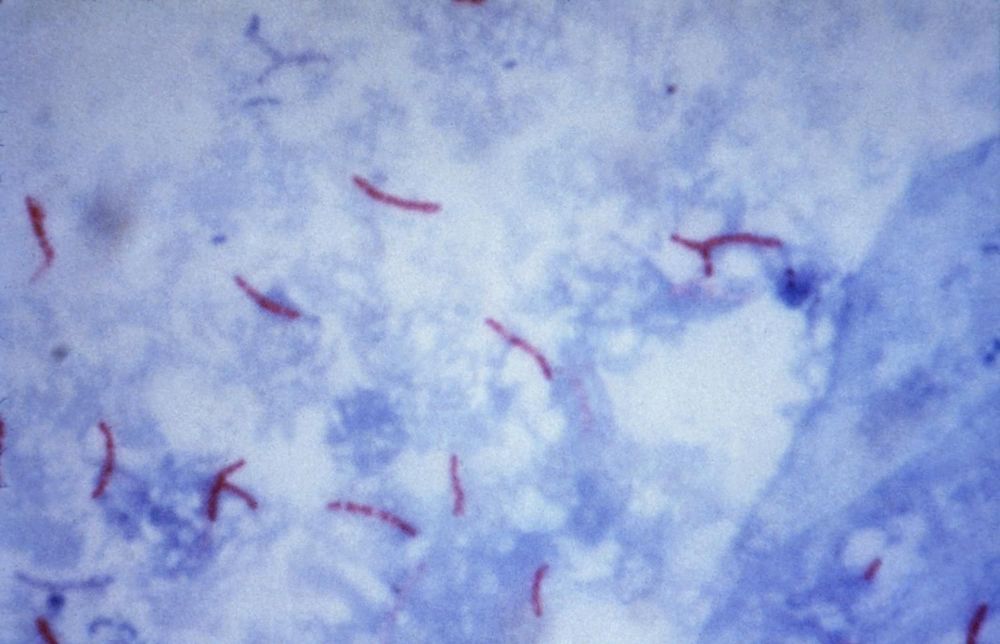

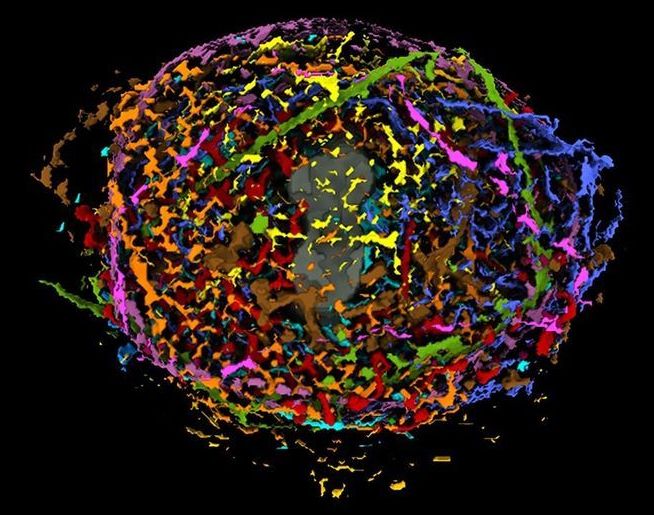

During the height of the Civil War, the Confederate Surgeon General commissioned a guide to traditional plant remedies of the South, as battlefield physicians faced high rates of infections among the wounded and shortages of conventional medicines. A new study of three of the plants from this guide—the white oak, the tulip poplar and the devil’s walking stick—finds that they have antiseptic properties.
Scientific Reports is publishing the results of the study led by scientists at Emory University. The results show that extracts from the plants have antimicrobial activity against one or more of a trio of dangerous species of multi-drug-resistant bacteria associated with wound infections: Acinetobacter baumannii, Staphylococcus aureus and Klebsiella pneumoniae.
“Our findings suggest that the use of these topical therapies may have saved some limbs, and maybe even lives, during the Civil War,” says Cassandra Quave, senior author of the paper and assistant professor at Emory’s Center for the Study of Human Health and the School of Medicine’s Department of Dermatology.

A new University of Colorado Boulder study, published in the journal Experimental Physiology, helps explain why.
It found that people who sleep fewer than 7 hours per night have lower blood levels of three physiological regulators, or microRNAs, which influence gene expression and play a key role in maintaining vascular health.
The findings could potentially lead to new, non-invasive tests for sleep deprived patients concerned about their health, the authors said.